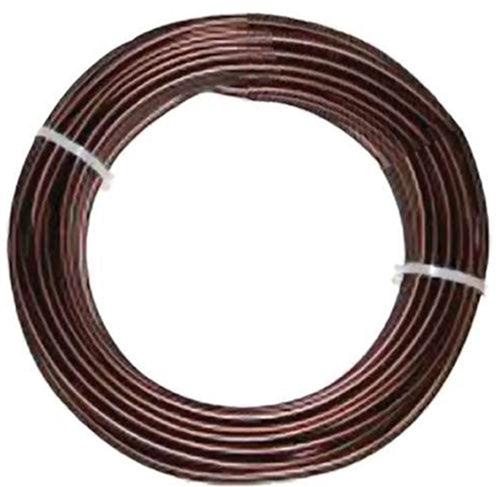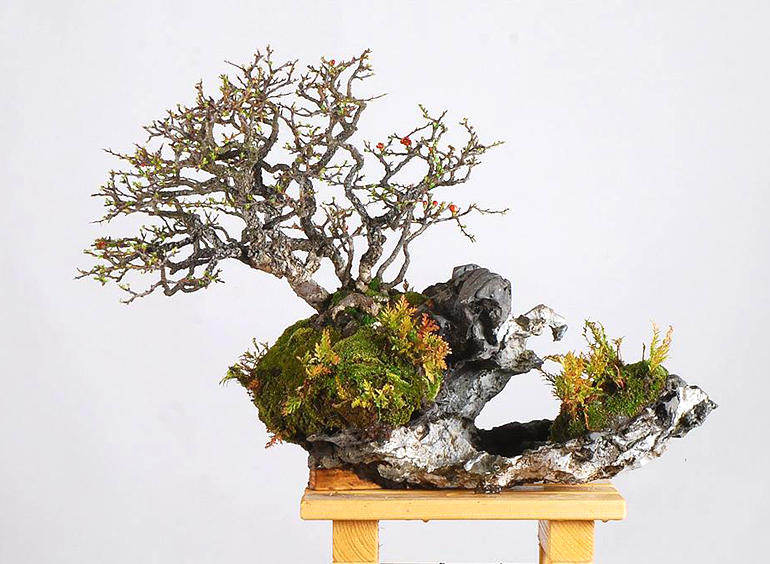
With bonsai, it's almost always the tree that dominates, even though the pot, (stone, slab or whatever) is considered a critical part of the whole. In this case however, it's the rock that elevates the planting to extraordinary. Or, you might say it's the rock and the way it's adorned by the old tree along with the moss and ferns, that makes this planting extraordinary. The tree is a Japanese quince (Chaenomeles japonica). The tree, rock and moss belong to David Benavente.
Staying close to theme, we’ll move from root-over-rock bonsai to root-on-rock bonsai. This post is from July, 2015, with some value added today–
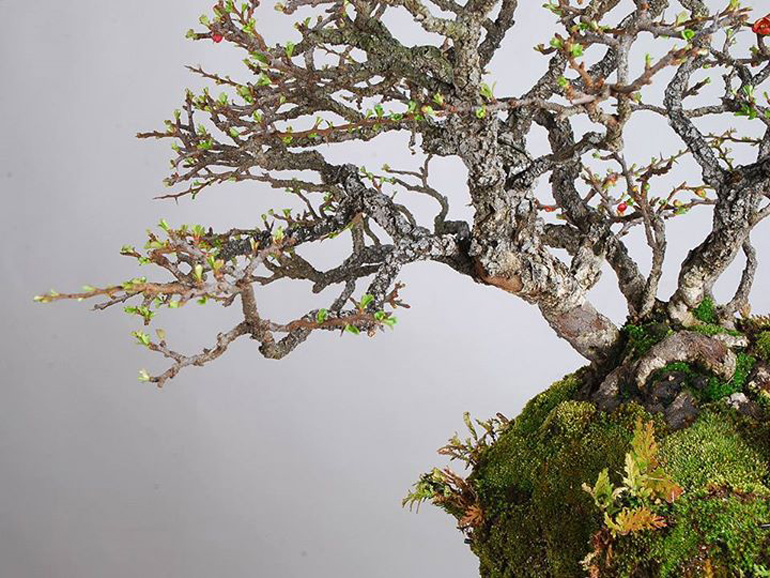
In this close up the bark speaks of great age and the tree's precarious position and gnarled shape tell a story of hard times and survival.
–
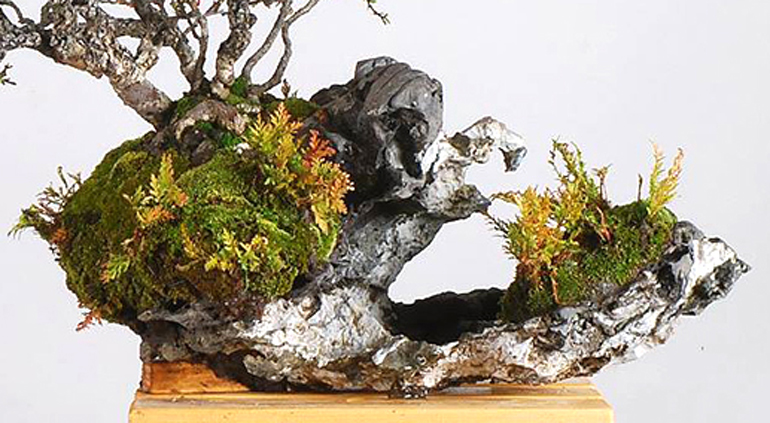
The rock!
–
Here's an equally impressive and improbable Benavente planting. The main tree seems so relaxed and natural given its precarious position. It's a Scot's pine (Pinus sylvestris) and the others are Japanese quince (Chaenomeles japonica). As with the planting above, there are also ferns and moss. I'll guess the convex slab is man made. Speaking of convex, how does that fern underneath ever get enough light?
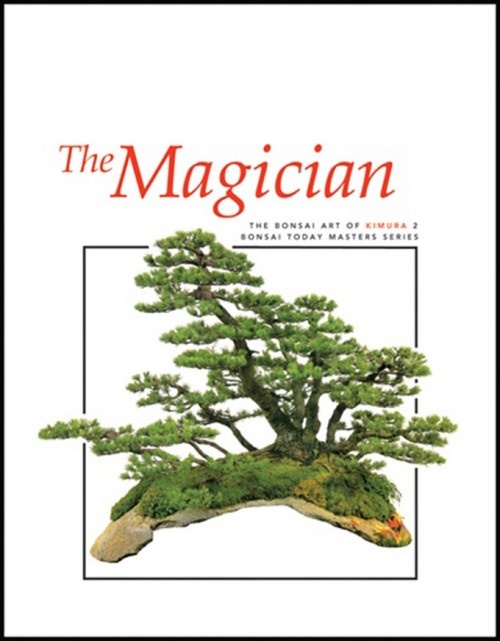
As long as we're talking about root-on-convex slabs, here's a famous Japanese white pine planting by Masahiko Kimura that graces the cover of our also famous Kimura (aka The Magician) book.

